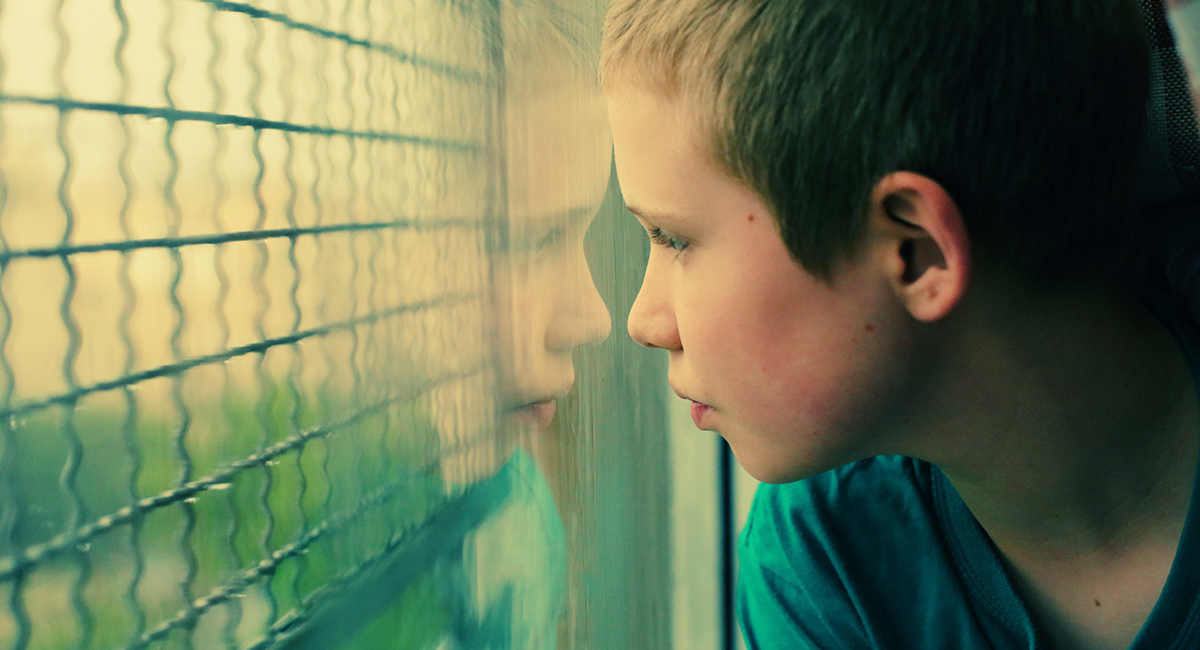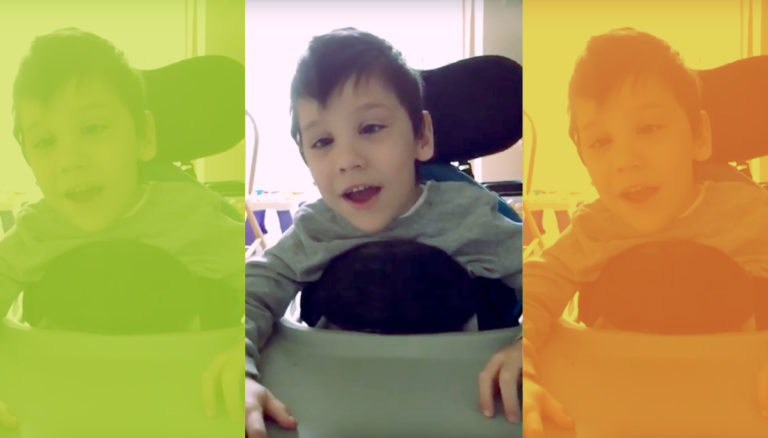Autism – Stuck Teens
A special message for parents of children with autism and others
by Bob Doman
 In a previous post, I talked about getting unstuck and how to help change the picture and the minds of children who have weak auditory processing and who are strong visualizers. This combination is never more of an issue than it is with children on the autism spectrum, particularly those who are becoming teens.
In a previous post, I talked about getting unstuck and how to help change the picture and the minds of children who have weak auditory processing and who are strong visualizers. This combination is never more of an issue than it is with children on the autism spectrum, particularly those who are becoming teens.
Before I go any further, let me say that the combination of strong visualization, addictive behaviors (DSAs), low auditory processing, strength, and hormones is a combination you really want to do you very best to prevent.
This is an issue primarily for children who are “autistic” and generally not for others that are included on the spectrum. One of the primary, if not definitive, issues that separate those on the spectrum is auditory processing. The higher the auditory processing, generally the higher the child is on the continuum. The lower the auditory processing, the more likely we are to encounter this behavior management issue.
Let’s begin by talking a bit about auditory processing, maturity, and behavior. Simplistically you can determine auditory processing, which includes auditory short-term memory, working memory, and executive function, by measuring sequential processing. The first step in auditory sequential processing is short-term memory, which is a measure of how many pieces of auditory input (words) the child can process. If I were to test your auditory sequential processing, I could simply have you listen to a sequence of numbers said slowly and repeat them. With children we can do this as well, or have them follow different kinds of sequential verbal directions.
If I were to do a simple assessment of your auditory working memory, I could again say a sequence of numbers, but this time have you repeat them backwards. To some degree this would be a measure of your complexity of thought.
Executive function is a mechanism related to working memory and complexity of thought. Executive function includes those things we would tend to attribute to people who function well, such as the ability to prioritize, problem solve, and have organizational skills and inhibition, which is essentially stopping yourself from doing things that you know you shouldn’t do or that are harmful for you.
The development of these pieces can be looked at relative to the digit spans I mentioned before.* If we look at the typical development of auditory processing correlated with digit spans or their equivalents, we have approximately the following picture (understanding that the range can easily be +/- 12 months or more):
Auditory forward sequence of 1 = 6-18 months
Auditory forward sequence of 2 = 18-30 months
Auditory forward sequence of 3 = 24-40 months
Auditory forward sequence of 4 = 3 yrs-5 yrs
Auditory forward sequence of 5 = 4 yrs +
Working memory starts kicking in when the forward processing is about a 4. Up until this point, working memory is very limited.
Disregarding various personality differences, when we look at the full range of children, we can to a certain degree associate the auditory processing and complexity of thought with level of maturity and behavior.
Babies 12 months and younger, who are just learning to understand and process language, are pretty easy to deal with as long as they feel fine, aren’t tired or hungry or need a diaper change. You can give them something and they can like it, or you can take something away and they might not particularly even miss it.
When processing starts getting into the 2s, life gets interesting; and we hit what has historically and aptly been called “terrible 2s.” At this point the complexity of thought generally permits the child to process/think “I want” or “I don’t want.” The complexity of thought provides no qualifiers; there is no “later” or “after” or “because.” At this level we should expect and get a lot of tantrums.
I have categorized 3s as “lock and block 3s.” The complexity of thought and lack of working memory doesn’t permit children to think through anything with any real complexity. They rely on familiar patterns and the perception of whether something feels good, feels safe, is non-threatening and fun, or if it breaks previous patterns, doesn’t feel good or safe, is in some way threatening, feels like work, or is important, or simply not fun. Children at this stage can be very intractable and react very poorly if pushed out of their comfort zones.
As we start moving into processing 4s and above, we start getting to a point where we can have some negotiating power and the kids start really using working memory. They can think through things or think their way out of things or old patterns.
I encourage everyone who works with child development and education, and particularly with those who work with special needs, to look at individuals through the lens of processing power and not chronological age. Just because a group of children are approximately the same age doesn’t mean that their functions are going to be very similar or that it is appropriate to be working on the same functions or skills. A typical group of 3-year olds could have auditory processing ranging from a two to a four or more and see the world as very different places. Certainly it is not appropriate to treat them all the same and have the same expectations for all of them. (Not to digress, but perhaps we should help all children development their processing skills. What a great idea! I’ve been trying to get the world to understand this for more than 40 years!)
Relating back to the behavior patterns discussed, imagine a six-foot tall, strong, hormone-driven, visualizing two or three year old. Imagine the tantrums your typical two or three year old might have thrown in the grocery store when you refused to buy them the candy they wanted. Now imagine them being this six-foot, hormone driven, thirteen plus year old child throwing that fit. Do you think that many of those typical two and three year olds physically resist and fight you? Yep! Do you think you would be in major trouble if your two year old were six feet tall and strong as an ox? Yep! Then think about throwing hormones into the mix. And now just think about adding the fact that autistic children are almost universally strong visualizers and probably have a very strong video in their heads as to what they want and don’t want and what should and shouldn’t be, and you have a very intractable child. Breaking or changing a low processing child’s mental picture when they lack the processing power to think their way out of a it can be extremely difficult and even dangerous.
For every parent of every young child on the spectrum, it is imperative that you understand that developing your child’s cognitive abilities needs to be at the top of the priority list. It saddens me (and certainly at times when a family brings me one of these low processing, out of control teenagers infuriates me) that millions and millions of hours and dollars are being spent, not addressing the fundamental sensory issues, DSAs/addictions, and processing power of these children, but teaching them isolated skills and to be prompt-dependent, using antiquated programs like ABA (Applied Behavior Analysis Therapy).
Steps can be taken, starting from when children are tiny and throughout their lives, to build and develop these basic, indispensable cognitive functions and normalize sensory issues, break addictive patterns, and develop the neurodevelopmental foundation that permits them to communicate, learn, integrate into society, and function well.
For those of you who have the low processing, hormone-driven, difficult teens, all isn’t lost; it’s just difficult, and for some very difficult. Many of you are in survival mode and need to use whatever tools are at your disposal to cope. But ultimately we must utilize all of the tools to build the processing, cognition, and maturity to move them forward.
*Assessing auditory processing with strong visualizers is a bit tricky and requires someone with experience and specific expertise. Visualizers tend to produce inflated scores that don’t necessarily reflect their true processing level.
Reprinted by permission of The NACD Foundation, Volume 31 No. 5, 2018 ©NACD





